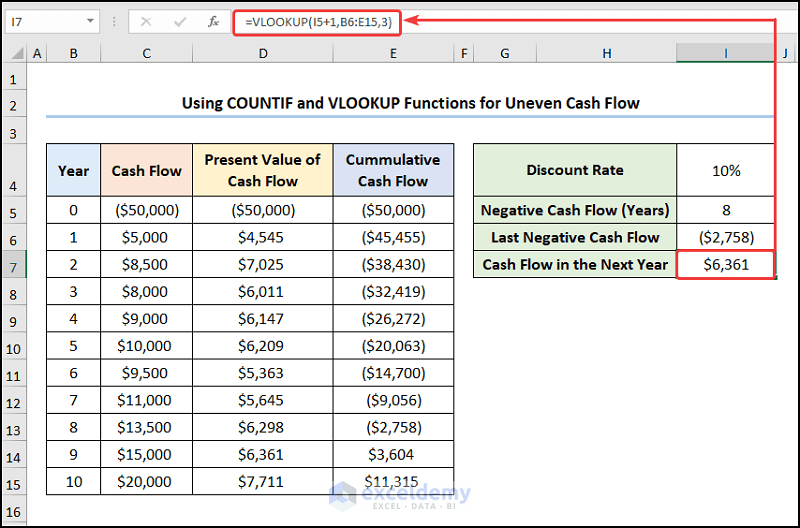英超收官10大悬念 曼市刷史夺冠?萨拉赫争金靴?
曼市第5次捧起联赛杯奖杯。 (伦敦30日综合电)本周末,英超重燃战火,20队为了各自的目标在剩余的8轮联赛展...

The payback period is a fundamental capital budgeting tool in corporate finance, and perhaps the simplest method for evaluating the feasibility of undertaking a potential investment or project. Management will set an acceptable payback period for individual investments based on whether the management is risk averse or risk taking. This target may be different for different projects because higher risk corresponds with higher return thus longer payback period being acceptable for profitable projects.
The study of cash flow provides a general indication of solvency; generally, having adequate cash reserves is a positive sign of financial health for an individual or organization. Uneven cash flows are different from uniform or even cash flows, which involve equal payment amounts made or received at regular intervals. With uneven cash flows, payment amounts vary and can be more challenging to analyze and project than even cash flows. Nevertheless, these types of cash flows are common in real-world scenarios like large-scale construction projects, which generate fluctuating revenues over time.
Next, the second column (Cumulative Cash Flows) tracks the net gain/(loss) to date by adding the current year’s cash flow amount to the net cash flow balance from the prior year. The first column (Cash Flows) tracks the cash flows of each year – for instance, Year 0 reflects the $10mm outlay whereas the others account for the $4mm inflow of cash flows. As a general rule of thumb, the shorter the payback period, the more attractive the investment, and the better off the company would be. The definition of a good or preferable payback period varies, but the general assumption is that the shorter the period the better, because of the liquidity it provides.

The NPV is the difference between the present value of cash coming in and the current value of cash going out over a period of time. The payback period is the amount of time it takes to recover the cost of an investment. Simply put, it is the length of time an investment reaches a breakeven point. The discounted payback period of 7.27 years is longer than the 5 years as calculated by the regular payback period because the time value of money is factored in.
It is a rate that is applied to future payments in order to compute the present value or subsequent value of said future payments. For example, an investor may determine the net present value (NPV) of investing in something by discounting the cash flows they expect to receive in the future using an appropriate discount rate. It’s similar to determining how much money the investor currently needs to invest at this same rate in order to get the same cash flows at the same time in the future.
The TVM is a concept that assigns a value to this opportunity cost. The Payback Period measures the amount of time required to recoup the cost of an initial investment track your charitable donations to save you money at tax time via the cash flows generated by the investment. In this article, we discuss how to calculate the payback period on an investment with uneven cash flows in Excel.
Select whether you are projecting even oruneven cash flows, fill in the initial investment and the forecasted net cashflows. The calculator will determine the period in which the initial investmentwill be fully repaid and provide you with the accurate Payback Period (PbP) value. Company C is planning to undertake a project requiring initial investment of $105 million.
Both Fixed and the Uneven cash flow amounts help determine the NPV (Net Present Value) of an investment. There are many sources of Uneven Cash flows, like different types of assets or bonds that don’t return interest regularly, also known as “non-conventional bonds” or “vanilla bonds”. The fractional period is the ratio of the last negative cash flow against the cash flow in the year after. As this value denotes a period, it can’t be negative, so we utilize the ABS function to calculate the fractional period. By calculating how fast a business can get its money back on a project or investment, it can compare that number to other projects to see which one involves less risk. The longer an asset takes to pay back its investment, the higher the risk a company is assuming.
This article will demonstrate two methods how to calculate the payback period in the case of uneven cash flows. The Payback Period method is popular forthe assessment of project options and investment alternatives. It is a ratherlightweight indicator which – thanks to its simplicity – is easy to understandand communicate.